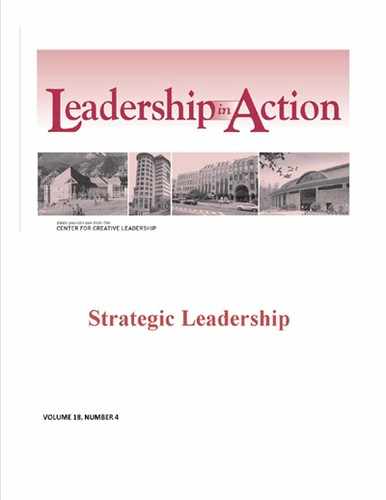Competitive Environment–Organization Interface
Thinking about how well the organization as a whole adapts to environmental challenges is essential. The challenge here is for organizations to guarantee their continuing vitality, which can be thought of as analogous to maintaining personal or individual vitality. At the individual level, vitality refers to things like a person's general health, energy level, stamina, resilience, and adaptability. At the organizational level, vitality includes how clear and compelling the organizational vision is; how core values are articulated and embraced; how responsive, flexible, and innovative the organization is to threats and opportunities; how strategic alliances and partnerships may enhance the organization's future vitality; how well various stakeholders' interests are represented; and more.
Thinking about how well the organization as a whole adapts to environmental challenges is essential.
Ultimately, the goal is to achieve and maintain organizational sustainability and survival. For example, what kind of organizational antennae exist to monitor developments in the operating environment (like competitor moves)? For that matter, how well does the organization attend to developments in areas outside the present operating environment that yet may be significant in the future (consider, for example, the impact of digital technology on the wristwatch industry)? How quickly could the entire organization respond creatively and with sufficiently marshaled energy to an unexpected threat or opportunity in the environment? What is the ratio of organizational strengths to organizational weaknesses? How well aligned are different parts of the organization to support long-term strategic aims?
A fundamental premise of our view of the competitive environment–organization interface is that there is no single best organizational form, structure, or process. We believe that the future environments of most organizations will be characterized by increasing rates of change and uncertainty, and that is precisely why we use the term vitality to connote an organization's potential to marshal, focus, and sustain a constructive, coordinated effort in a dynamic environment. A key challenge of strategic leadership will be to evolve innovative organizational forms, structures, and processes capable of prospering (and not just economically) in environments quite different from the relatively stable ones within which traditional forms of organizational structure and process evolved. Inevitably, this also means that the interplay between the experiences, talents, and interactional styles of the individual leader, the kind of organization he or she builds in concert with others, and the organization's effectiveness in competing in a complex and changing arena will be more dynamic than ever before.
